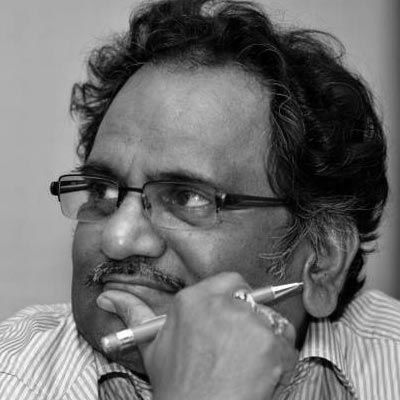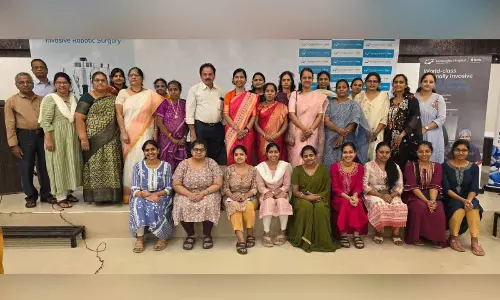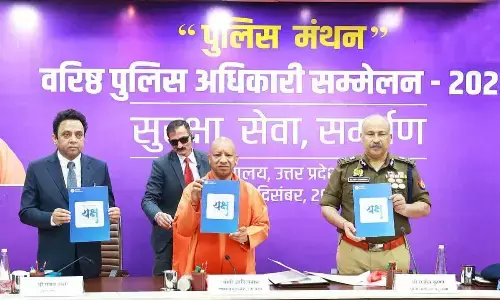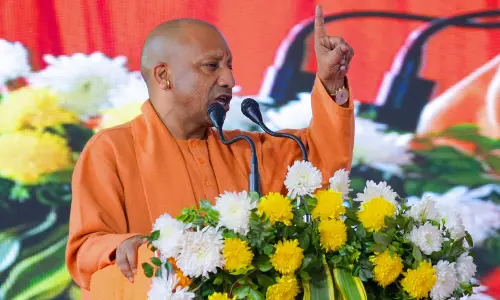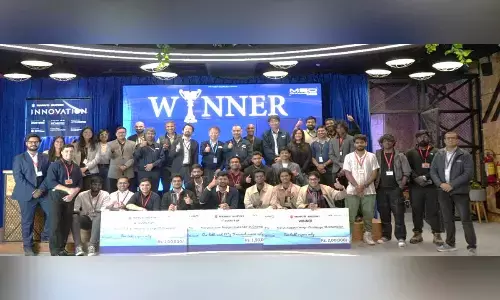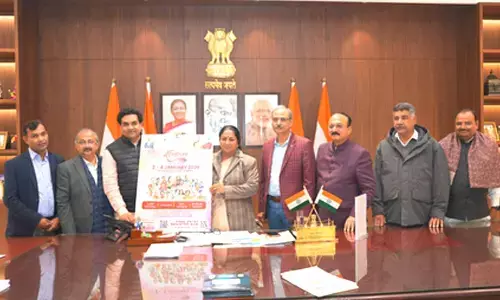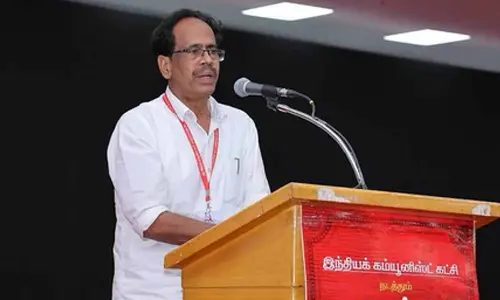A routine wrong & 2 Constitutional amendments
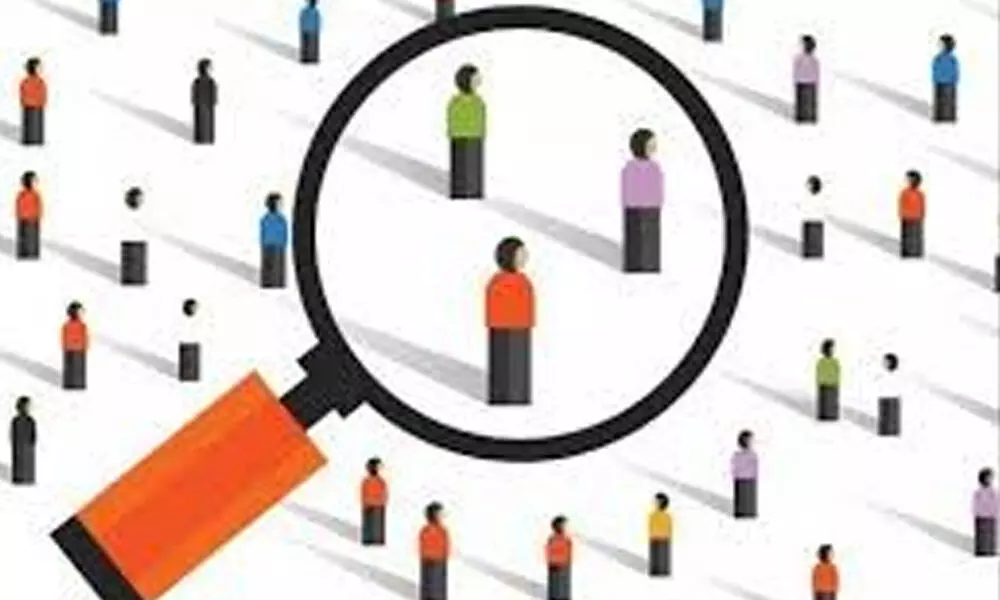
A routine wrong & 2 Constitutional amendments
The States are primarily responsible for the welfare of the residents in their limits.
The States are primarily responsible for the welfare of the residents in their limits. The 105th Constitution Amendment that has been notified on August 19, 2021 aims at giving States back their authority to specify socially and educationally backward classes (OBSs).
The 102nd amendment gave constitutional status to the National Commission for Backward Communities (NCBC) which became the primary institution for dealing with matters concerning OBCs. The 102nd Constitution Amendment Act of 2018 also introduced Articles 338B and 342A.
Article 342A says: "the president, in consultation with the governor, would identify the socially and educationally backward classes." It states that it is subject to the Parliament to include or exclude a community to grant reservation benefits from the Central List of socially and educationally backward classes. Though it deprived the States of the power to declare a class as backward, the SC held that 102nd Amendment was held constitutionally valid.
This means another centralisation of power and deprivation of States of their power has been validated. In all other cases, the Centre did not face any repercussions, but in this case the Centre felt a strange predicament to tackle the demand of certain castes to get BC status, and it cannot blame the States now.
Backward to forward. And again, back to backwardness. Agitation in streets demanding 'backward' status. Political executive drafts a law to grant quota. It will be surely challenged in Constitutional Courts, which mare ore or less sure to strike down the law for its 'inherent' defects. This became vicious circle in the Indian politics. The backward people remain backward.
There are two Constitutional Amendments in recent times, and in between them, there are couple of litigations, agitations and it goes on.
Is lack of drafting diligence the cause of the double amendments to the Constitution?
The issue that has arisen from an amendment to the Constitution is interesting. Who should decide the backwardness of some classes of people? Centre alone, or States only? This question was answered by two Constitutional Amendments and two Supreme Court judgments. We complicate everything. At the commencement of the Constitution, a National SC&ST Commission was there to determine and schedule certain castes and tribes for affirmative action. Later, it was split into two Commissions – one for SCs and another for STs. Article 340 empowers the President to examine the condition of social and backward class. In Indra Sawhney case, the Supreme Court directed the Government of India and States to establish Commissions to determine the backwardness. The Constitution has recognised only social and educational backward classes (SEBC) only and not economic backwardness. For that a National Commission for Backward Classes (NCBC) was established by NCBC Act, 1992.
Article 338B (5) explained the duties of NCBC, such as to investigate matters relating to SEBC, to inquire into specific complaints of breaching rights and safeguards of SEBCs, report and recommend the measures for their development and protection, etc. It can become a civil court to inquire into complaints by the SEBCs.
The Centre wanted to give Constitutional status to this NCBC along with similar powers. It brought the 123rd Constitutional Amendment Bill, 2017. After Parliament passed it, it became the 102nd Amendment, that has accorded constitutional status under the Article 328B of Constitution. The new Article 342A says that the President shall notify a list of SEBCs in relation to each State and Union Territory in consultation with the Governors. The Act called it the 'Central List,' and once it is notified, only Parliament alone could make changes to it. But this Amendment is worded in such a manner that it means that States have no power to declare new castes as BCs. States and UTs can only recommend.
In the Union list of the Other Backward Castes (OBCs), the number of Backward Castes (BC) has increased to 5,013 and above as per the NCBC. This number does not include the figures for most of the Union Territories. The criterion for being recognised as an OBC was fixed in October 2015 by the Commission. A person belonging to OBC with an annual family income of up to Rs 15 lakh should be considered as minimum ceiling for recognising that person as OBC. The NCBC suggested sub-classification of OBCs into 'backward,' 'more backward' and 'extremely backward' blocs and divide the 27% quota amongst them in proportion to their population, to ensure that stronger OBCs do not corner the quota benefits.
In every State, persons from several castes started seeking the status of Backward Class through serious agitations.
Marathas were demanding to be categorised as BCs. Justice Gaikwad committee concluded that the Maratha community is socially, educationally and economically backward class. Through Maharashtra State Reservation for Socially and Educationally Backward Classes (SEBC) Act, the Maharashtra government passed a Bill granting 16 per cent reservation in public employment and education opportunities, in 2017. This increased the quota to 68 per cent, beyond the 50 per cent cap mandated by Supreme Court in Indra Sawhney case.
On a challenge, the Bombay High Court upheld the law. The litigation reached Supreme Court, which tested constitutionality of the law as per Article 338B and 342A, the provisions added by 102nd Amendment. The SC in Jaishri Laxmanrao Patil v Union of India in May 2021 found that the Maharashtra State had no power to classify Marathas as BCs, as by the 102nd Amendment, the Constitution has given that power exclusively to the Centre. The SC held the Maharashtra SEBC Act as unconstitutional.
With this clarification by the judgement, the political parties realised that the States were deprived of their sovereign powers to determine backwardness of the groups of the people in their territory. Even the then ruling BJP in Maharashtra realised that the 102nd Amendment deprived the States of their power. Those who drafted the 102nd Amendment simply copied the provisions from the SC/ST law, which is the source of this trouble. Justice Ravindra Bhat explained the majority view: "Parliament, through the 102nd Amendment clearly intended that the existing legal regime for identification of communities as SCs and STs and for their inclusion in the list of SCs and STs under Articles 341 and 342, which had hitherto existed, ought to be replicated in relation to identification of SEBCs."
This necessitated another amendment to the Constitution. The 105th Amendment Act was passed unanimously by all the 385 MPs present and voting. There was not a single opposition. This 105th Amendment added Clause (3) to Article 342A to clarify that States and Union Territories will have the power to identify and specify SEBCs for their own purposes and that such list may differ from the Central list. After the insertion of Articles 366(26C) and 338B (9), States now will be able to directly notify OBC and SEBCs without having to refer to the NCBC, and the 'State List' will be taken out of the domain of the President and will be notified by the Assembly. With this, the earlier requirement that the NCBC should be consulted on policy matters will not apply to the State lists of SEBCs. It specifies that the list of SEBCs notified by the President shall be only for the purposes of the Central government alone, and that the 'Central List' means only the list "prepared and maintained by and for the Central Government." Further, it has clarified that every State or Union Territory may, by law, prepare and maintain for its own purposes a list of SEBCs and this may be different from the Central List.
In recent times, the Centre pioneered several legislations, which truncated the powers of States and centralised the power in itself, in spite of continuous criticism against. This is the only occasion where the Centre agreed with the demand of opposition and its own State units to restore the power of States to determine the backward classes. However, this amendment does not deal with the '50 per cent' cap on quota, which continues to be a legal threat to political grants of additional quotas to new categories. The parties grant quota to new group, win their votes, and those laws reach courts, where they get struck down. Political parties target winning votes and seats and the real objective of Ambedkar's affirmative support to genuinely backward classes suffer in the process.
(The author is Dean & Professor, School of Law, Mahindra University, Hyderabad, and former Central Information Commissioner) (The opinions expressed in this column are those of the writer. The facts and opinions expressed here do not reflect the views of The Hans India)
Woman injured in stabbing attack in Tokyo, suspect at large
Bengal cop booked for murder over mysterious death of woman home guard, SIT to probe case
Staffer recalls horror of 7-kg gold robbery by armed gang in Karnataka’s Hunsur
25-Year-Old Airline Cabin Crew Member Dies At Gurugram Party; Police Begin Investigation

